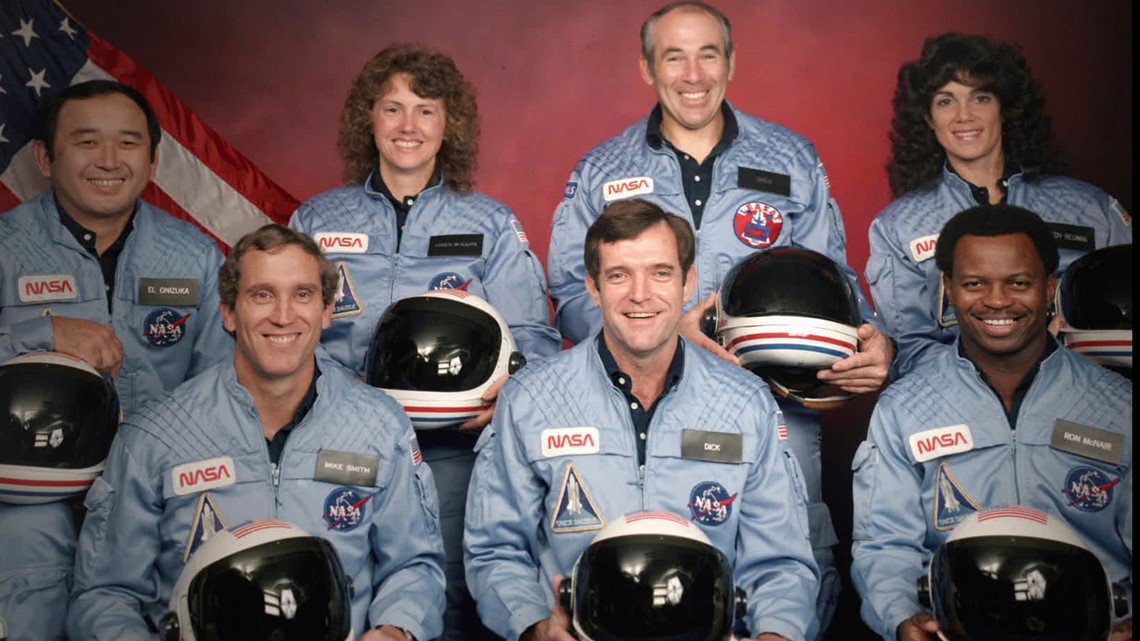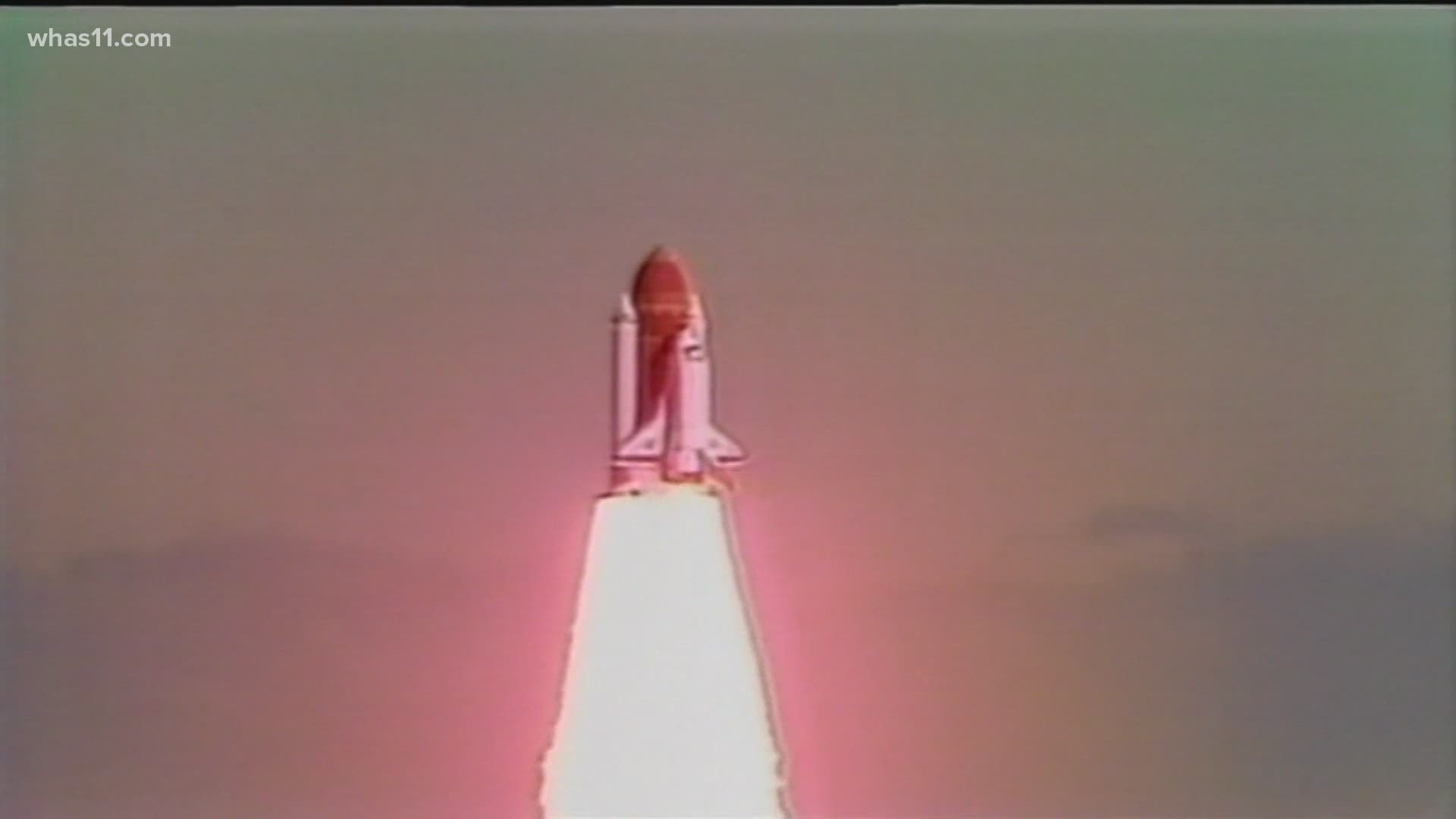WASHINGTON — Editor's note: The attached video is from 2021, which commemorated the 35th anniversary of the Challenger tragedy.
NASA's space shuttle Challenger launched from the Kennedy Space Center at Cape Canaveral, Florida on its 10th mission on Jan. 28, 1986.
It exploded 73 seconds after liftoff, claiming the lives of all seven people onboard: Gregory Jarvis, Judith Resnik, Dick Scobee, Ronald McNair, Mike Smith, Ellison Onizuka and Christa McAuliffe.
On Thursday, NASA gathered for its annual Day of Remembrance, to honor those who lost their lives in the pursuit of space and "furthering the cause of exploration and discovery."
The tribute, which occurs on the last Thursday in January, took place on Jan. 27, which marked the 55th anniversary of the tragic fire that killed the three-person crew of the Apollo I mission during a preflight test.
The ceremony's tradition began in 2004 and pays homage to three of the agency's most devastating tragedies: the Apollo I fire, the loss of the space shuttle Challenger and the loss of the space shuttle Columbia.
While each tragedy happened within the same calendar week, they occurred decades apart from each other.
Friday marks the 36th anniversary of the Challenger tragedy.
During that mission, Christa McAuliffe was due to be the first teacher in space. The New Hampshire woman had been selected to join and teach lessons from space to children around the country.


According to NASA, the shuttle was about 46,000 feet in the air when it exploded.
Months after the incident, an investigation found that the two rubber O-rings, which were designed to separate sections of the rocket booster, failed due to weather. The shuttle launched on a cold Florida morning.
The night of the disaster, President Ronald Reagan spoke to the nation. During his speech, he said:
"I've always had great faith in and respect for our space program, and what happened today does nothing to diminish it. We don't hide our space program. We don't keep secrets and cover things up. We do it all up front and in public. That's the way freedom is, and we wouldn't change it for a minute. We'll continue our quest in space. There will be more shuttle flights and more shuttle crews and, yes, more volunteers, more civilians, more teachers in space. Nothing ends here; our hopes and our journeys continue."
The disaster shattered NASA's image and the belief that spaceflight could become as routine as airplane travel. But NASA was under pressure to keep to its ambitious flight schedule, and the risk was deemed acceptable.
WTSP's Jillian Olsen contributed to this report

